Regarding the story of self-produced and self-consumed rooftop solar power, in the past, people, businesses, and even experts only thought about the aspects of electricity production and the economic and environmental aspects without ever thinking about the technical factors, management, and operation of the entire power system.
The following analysis will provide further reasons why, in the current period, state management agencies encourage people to invest and develop solar power for self-use; and have the right to choose the form of connection to the grid but without buying and selling excess electricity output.
Current status of rooftop solar power (RTSP) in Vietnam
Statistics show that, up to now, the installed capacity of rooftop solar power (RTSP) is ~7660 MWAC, accounting for more than ~9% of the total installed capacity, the output of RTSP accounts for nearly ~4% of the national power system's electricity output. Accordingly, this type now accounts for a significant proportion in the National Power System. In terms of installed capacity, RTSP sources have a higher proportion than many other types of renewable energy sources such as wind power and biomass power. The installed capacity of RTSP even surpasses the capacity of small hydropower and gas turbines, which used to account for a large proportion in Vietnam's power structure in the past.
During times of high radiation potential, the capacity of solar PV is at risk of exceeding the absorption capacity of the regional grid.
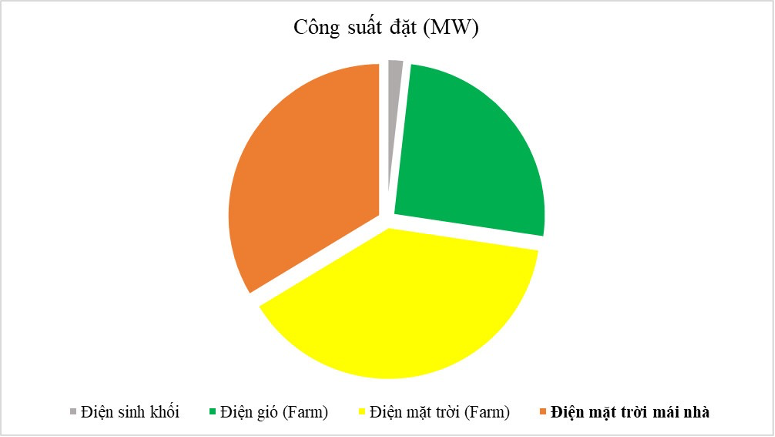 |
| Proportion of installed capacity of renewable energy sources in Vietnam's power system |
The development of solar power to meet the demand for clean electricity development, using renewable energy sources (solar) that Vietnam has great potential for is an inevitable trend. The State encourages the development of self-produced and self-consumed solar power and gives customers the choice to connect to the grid or not. However, in the case of connecting to the grid (not encouraged at this stage), the excess output is sent to the grid, with a price of 0 VND.
Solar power has its own unique characteristics that need to be taken into account during the development process, especially in the process of formulating energy policies and strategies in general. In particular, the impact of solar power on the operation of the power system is an issue that needs to be closely assessed because it directly affects the safe operation of the power system.
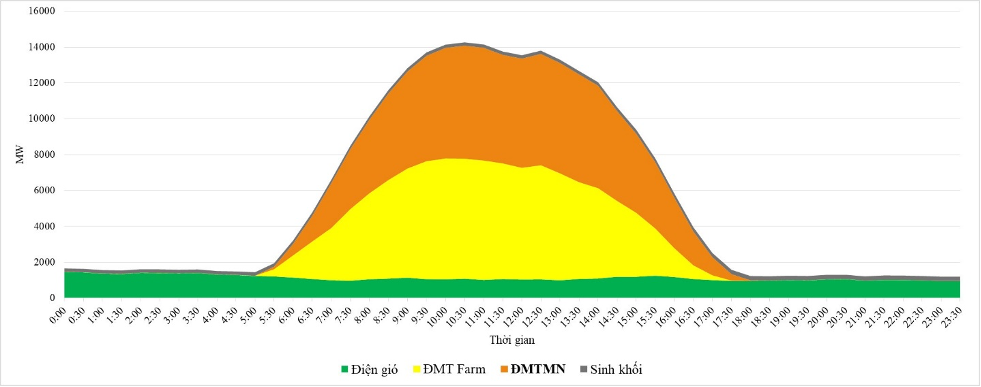 |
| Stacked chart of renewable energy generation capacity for a typical operating day |
3 factors of renewable energy that negatively affect system operation
From the perspective of renewable energy investors, it is obvious that they all see the advantages of renewable energy, the most direct being that they only invest once and will reduce the monthly cost of purchasing electricity from the Electricity Company, in addition to contributing to the goal of green development and helping to protect the environment.
However, to ensure stable electricity supply for households using electricity with investment in rooftop solar power, it is necessary to take into account the operation of rooftop solar power in the overall operation of the entire power system, because the national power system is a nationwide interconnected system, commanded, regulated, and operated uniformly nationwide.
Uncertainty of the source of renewable energy
Solar power is a source of electricity that depends on solar radiation and is only effective during hours of sunlight. At night, or during cloudy or rainy hours during the day, the source of electricity from solar energy decreases to low levels or to zero.
Therefore, to stabilize the power supply, it is necessary to invest in suitable storage sources. On a small scale, it is battery storage (currently the price is decreasing but still quite high). On a large scale, it is pumped storage hydropower sources or it is necessary to mobilize traditional power sources (hydropower, coal-fired thermal power, gas turbines) to adjust up and down according to the availability of solar power.
For households and factories that have invested in solar power, the uncertainty of solar power is very clear. On cloudy, rainy days, the capacity of solar power is significantly reduced and electricity must be purchased from the grid. At night when the demand for electricity is high, electricity must be purchased from the electricity company if there is no way to store electricity.
On the contrary, at times of high solar radiation, rooftop solar power sources will generate high capacity, which is beneficial for rooftop solar power investors. However, if at this time the capacity of the entire system is low, it will lead to surplus and have to cut down on power generation capacity. The power system dispatching unit now has two options: Either cut down the capacity of traditional power plants, or cut down the capacity of renewable energy sources. It is easy to see that choosing the first option is very dangerous because when traditional controllable power sources are cut down, the system will have nothing left to meet the demand when there are fluctuations from rooftop solar power sources. Therefore, the common and inevitable choice is to cut down on renewable energy sources.
In some countries and territories with high solar power development (such as Germany, California, etc.), the surplus situation leads to frequent cuts in renewable power sources, increasing the cost of operating the power system and wasting social resources. Note that excess capacity in some hours does not mean that the power system has excess capacity in general because it can fall into the situation: When the system load is needed (for example, high load in the evening), there is still a shortage, but when the system load is not needed (such as at noon), there is excess and must be cut.
Thus, having too many renewable energy sources (similar to wind power and grid-connected solar power) will have direct consequences for renewable energy sources and traditional power sources (also known as baseload power). Specifically, for renewable energy sources (including renewable energy sources), overdevelopment (input) will lead to capacity cuts during times of surplus due to low demand for electricity (output).
Traditional power sources are also seriously affected. Due to the uncertainty of solar power, the power system will have to regularly mobilize traditional power sources that can be controlled (hydropower, thermal power) to operate in an intermittent state (up-down according to the availability of solar power). This not only reduces the output of these power sources (because they cannot run at high load continuously), but also damages the equipment (because they have to constantly adjust up and down or have to start-stop many times).
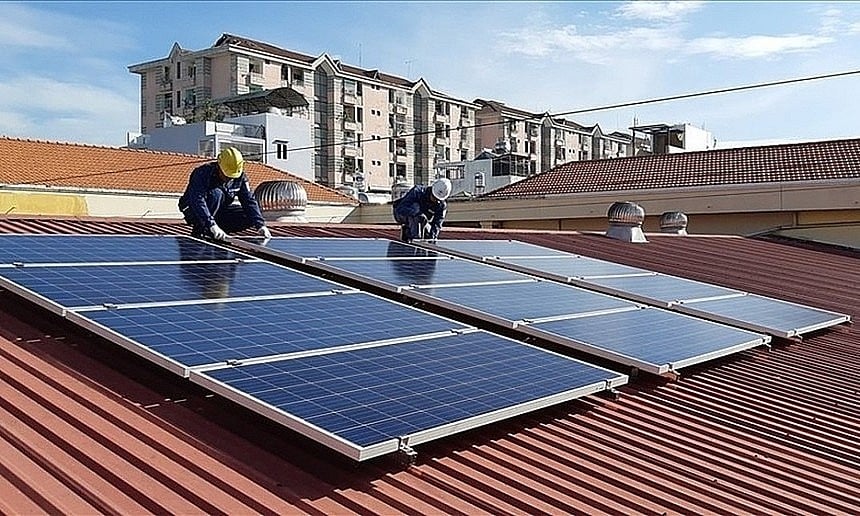 |
| The State encourages the development of self-consumed rooftop solar power (off-grid) |
Dispersion of renewable energy sources
Solar power is distributed on a small and very small scale. This is beneficial because the power source will be close to the load. Ideally, this power source is used right at the load and not transmitted to the system. However, with the uncertain characteristics of solar power mentioned above, without a suitable storage system, the solar power itself is not capable of supplying the needs of a normal household no matter how much capacity is invested. A normal household will need to use electricity both day and night. At night, when the sun sets, the demand for electricity for daily life is even greater. In increasingly harsh climate conditions, including the hot summer or cold winter, the demand for electricity at night is even higher.
The decentralization of solar power also has disadvantages. That is, the ability to collect data and control to serve the operation of the power system is very difficult. As we all know, the national power system is a centrally controlled and regulated system, from large power sources such as the 2400 MW Son La hydropower plant to solar power sources of only a few dozen kWp, they are all operated in a unified system. Every action, even just turning on and off a light bulb, to starting up large industrial equipment... affects the balance of supply and demand of electricity. In order to balance the capacity of the national power system, the dispatching unit must have a system to collect power data from all power sources. For solar power, this can only be done with large-scale solar power sources, such as solar power sources in industrial parks and large factories. As for small-scale solar power sources at the household level, this cannot be done. The dispatching agency will only be able to assess and forecast this capacity. Of course, the forecast cannot be completely accurate, leading to difficulties in operating the power system in general. That is not to mention that although it is possible to collect or forecast the capacity of solar power, in order to respond promptly to changes in these renewable energy sources, it is necessary to have a very flexible system and it will cost money for that system.
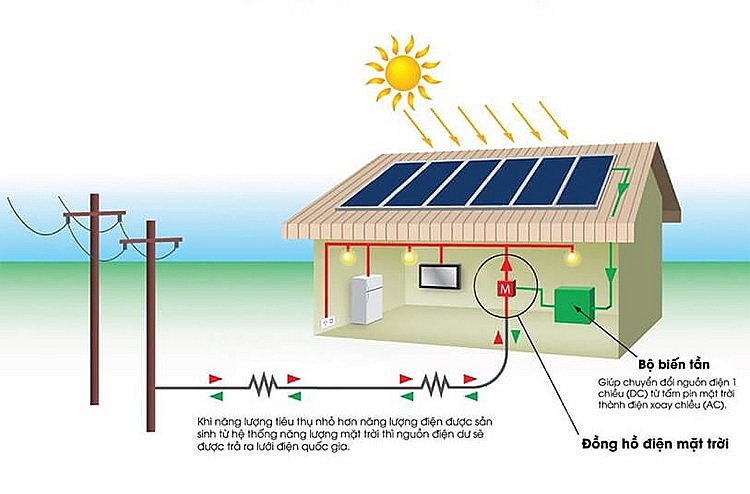 |
| The cost of the power system is very high when there must be a constant backup source for the fluctuating renewable energy power. |
Costly balancing of the system due to solar power
Investors in renewable energy will only be concerned with the investment and installation costs of the specific renewable energy system such as: What is the capacity of the solar panels, what is the capacity of the inverter (the converter from the DC power of the solar panels to the AC power of the power system), what is the support frame system, is the roof's load-bearing structure qualified, are the fire prevention and fighting conditions guaranteed, should we invest in a battery storage system or not?... But from the perspective of the power system control agency and investors of traditional power plants (hydropower, coal-fired thermal power, gas turbines), the development of renewable energy brings great concern about the overall cost of the system.
This cost comes from the need for the readiness of traditional power sources to meet the uncertainty of solar power sources. The dispatching unit will have to maintain a certain amount of traditional power sources operating in standby or low capacity continuously during the hours when there is solar power. Therefore, it must pay for the power sources to remain in this state instead of paying for the electricity generated. In the world in general and in Vietnam in particular, maintaining this readiness state is considered a type of service: Power system auxiliary service. This cost is also called the cost of power system auxiliary service and depends on the level of volatility of renewable energy sources such as solar power. The more volatile the renewable energy source, the larger the cost scale. If from the calculation point of view, the cost must be calculated for each cause, then the investors of renewable energy sources actually have to pay the cost for the system to maintain the normal operation of renewable energy sources while still maintaining a stable power supply.
In addition to the ancillary service costs mentioned above, the power system is also affected by the opportunity cost of power sources and the grid. Specifically, with power sources: The emergence of power sources such as rooftop solar power has shared the pressure of supplying power to traditional power plants, but has also reduced the output from these power plants.
For the grid: Opportunity cost is when you still have to invest in the grid to supply electricity to customers (at night or when the weather is cloudy) but cannot sell electricity during the day. Although this is unavoidable, because the electricity output of the Electricity Company decreases while the investment remains unchanged, the grid investment rate will increase and must still be calculated for all customers.
The above characteristics of renewable energy lead to the need for caution in the development of renewable energy to promote its advantages and minimize its disadvantages. Renewable energy sources should only be developed at the level of ready consumption at the load. If they are developed massively on a large scale, it will greatly affect the supply-demand balance of the power system, causing unnecessary costs.
Each policy has two sides and depends on the specific conditions at the time of issuance. From the nature and characteristics of renewable energy with current conditions, for renewable energy sources connected to the grid, only renewable energy should be encouraged to self-produce and self-consume, and should not be encouraged (or even restricted) to be generated into the system. Renewable energy generated into the system is not only inconsistent with the "self-produce and self-consume" criteria but also causes additional costs for operating the power system as analyzed above.
It can be seen that the policy mechanism for self-produced and self-consumed rooftop solar power has been researched, calculated, and consulted by management agencies on a scientific basis and ensures many goals of the national power system. However, immediately after the draft Decree regulating the mechanism for developing self-produced and self-consumed rooftop solar power was widely consulted, public opinion (even distorted and incited) focused on only one aspect of "zero price" without looking at the overall management and operation of the national power system; not seeing the harmonious benefits between the parties in the current context, especially only looking at the market economy aspect from the investor's perspective as well as not clearly understanding the disadvantages and negative impacts of rooftop solar power on the power system and the entire socio-economic system.
Source



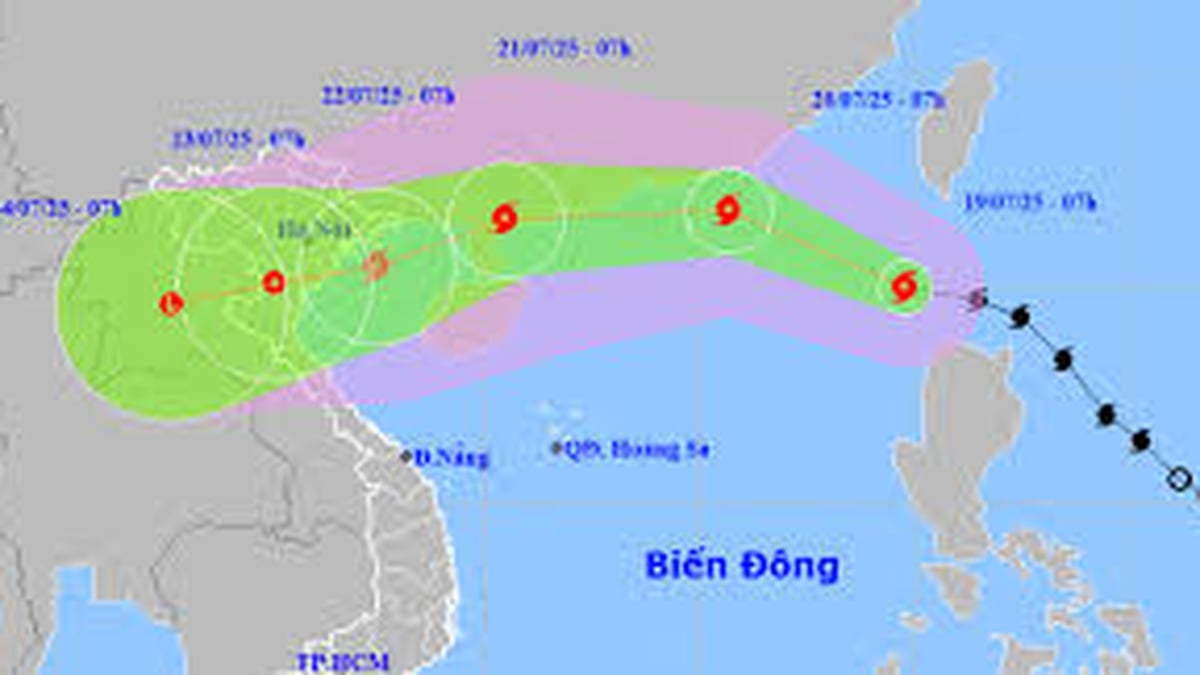



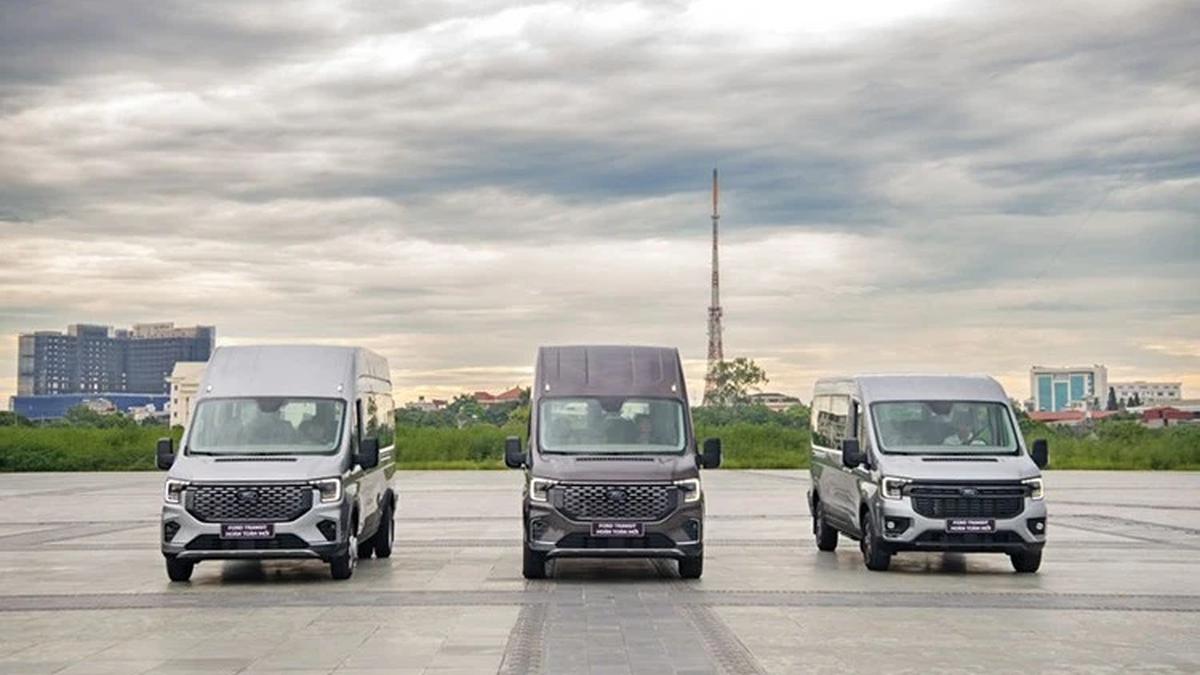
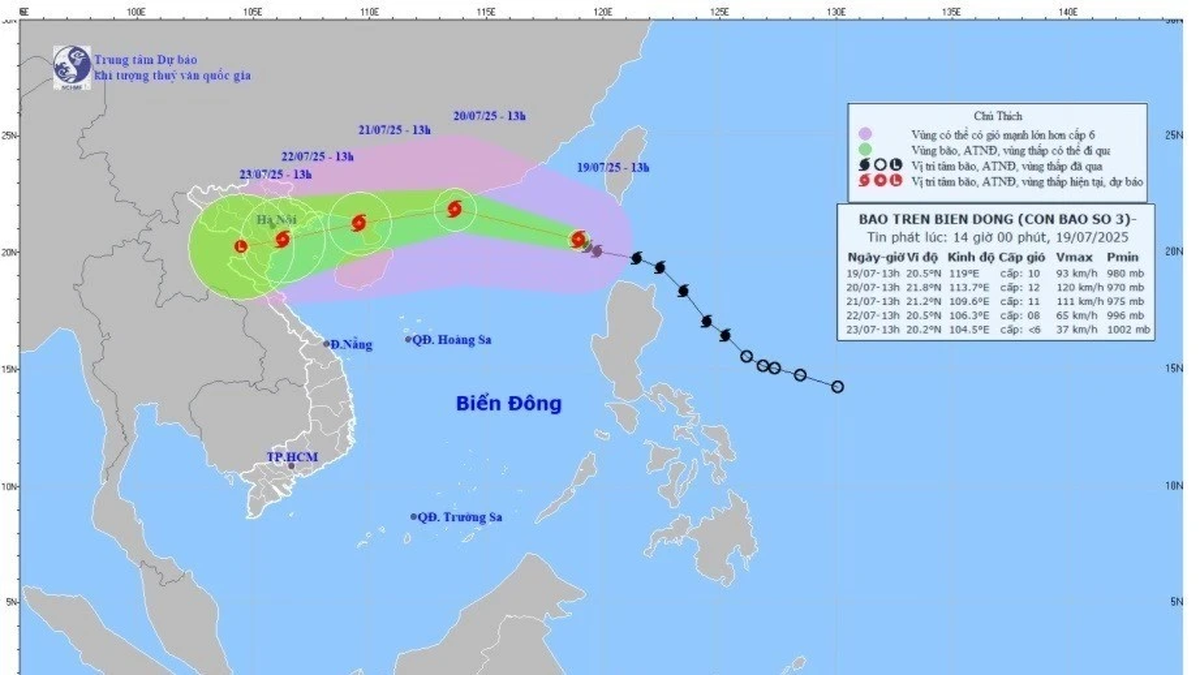


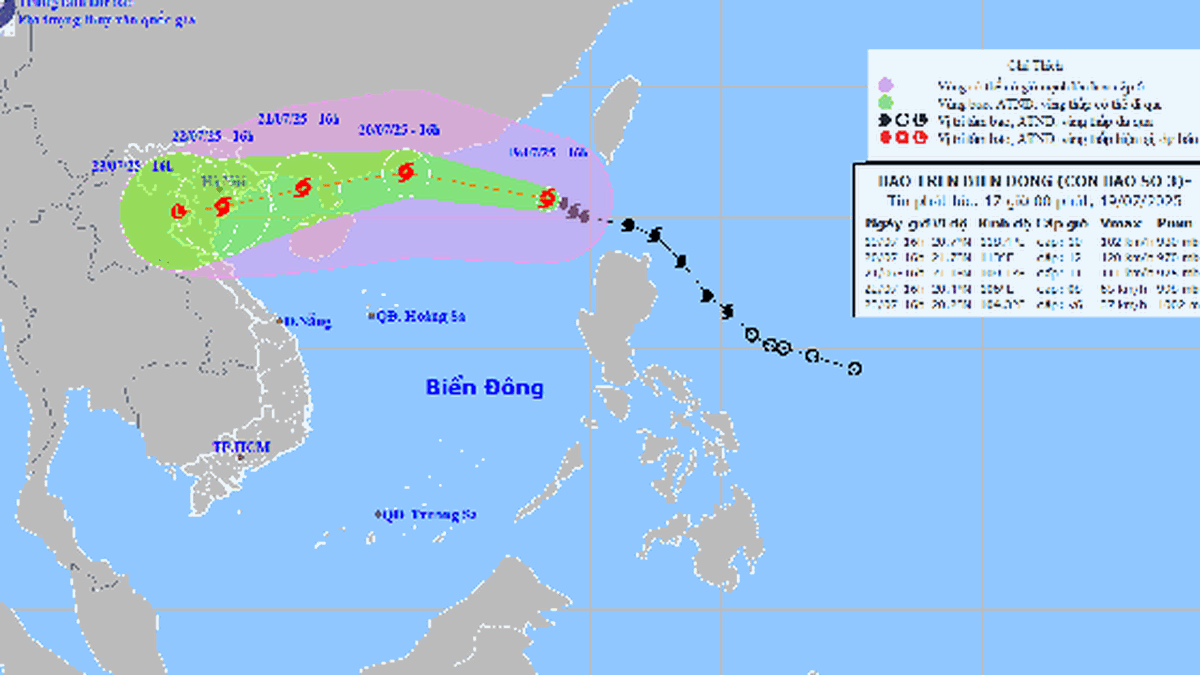



















































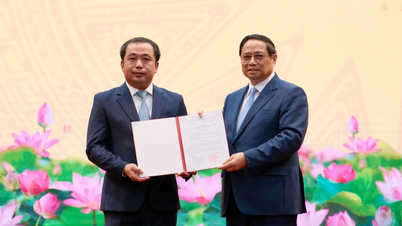



































Comment (0)